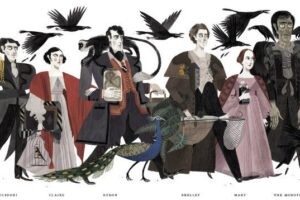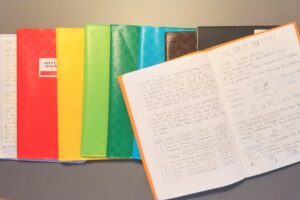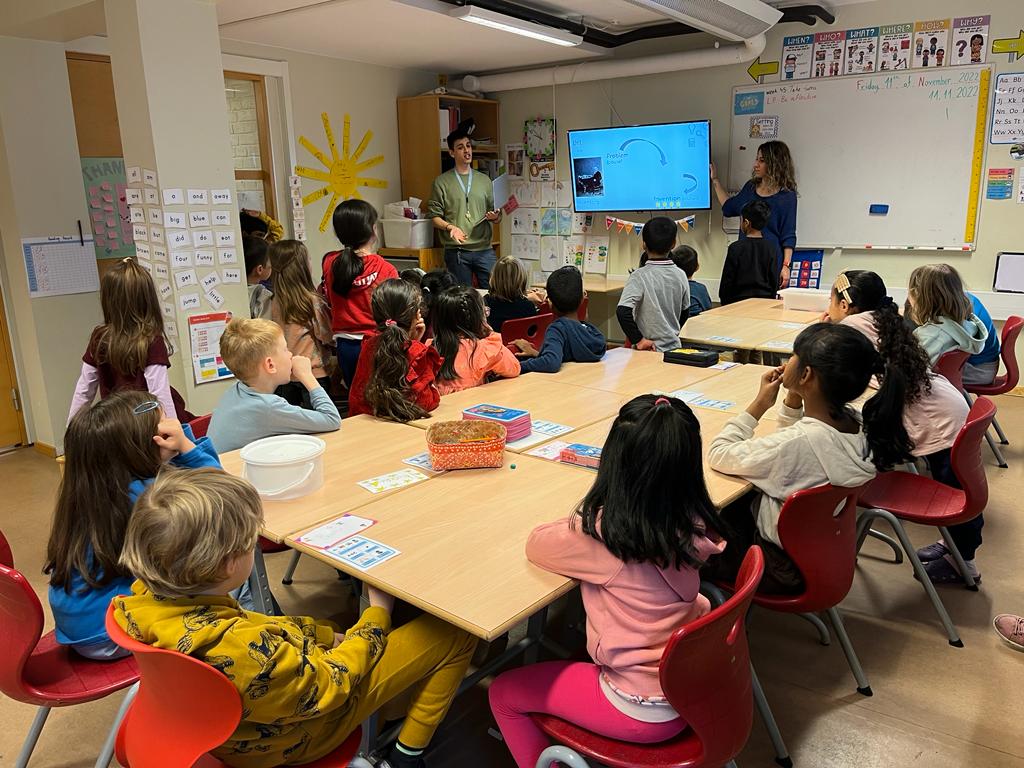
The Scientific Method in PYP2
- Posted by LIS
- Categories Uncategorized
- Date 2022-11-22
By Nikolaos Tezas and Eva Athanasaki
Students from the PYP2 blue and yellow classes collaborated for the first time on a very interesting learning experience. Having talked a lot about inventions for our Unit “How The World Works” and reflecting a lot on our central idea “Inventions help to solve problems and to improve the quality of life” we decided to delve deeper into the scientific world and conduct an experiment! Great inventions after all require a lot of experiments and testing.
So we honed our Drama skills, wore our lab robes and started this new learning journey by focusing on a problem and proposing a possible solution for it (causation).
Throughout various classroom discussions our students pointed out their experience with COVID-19 and although this chapter of our lives seems to be over, germs still pose a threat. That is why we focused on the invention of soap and tested its effectiveness against germs (agency).
We started with a big classroom discussion in order to activate previous knowledge. To do so and to further visualise the germs’ effect, how they spread and the importance of keeping ourselves and others safe (self-management skills), we had hands-on activities. Certain students covered their hands with flour (a visual representation of germs), and started touching other students and objects around the class. Soon most of our students and teachers had traces of flour all over them.
When we asked students to use their self-management skills and solve this problem, they said that we should wash our hands with soap. This brought forth our central question “Why do we use soap?” and our hypothesis was “Soap removes or kills certain germs”.
After we washed our hands, we set expectations for this class. Namely, we agreed that we would have to be Risk-takers, Thinkers and Reflective and use our key concepts of causation (why) and function (how) in order to gather more information for our experiment. That brought us to the main part of this learning experience. Our students were divided into 3 groups and worked in stations.
The first station acted as a provocation center. Working in teams, our students were able to choose different media to practise and deepen their understanding about the nature of germs, how germs work, how they multiply and spread by completing crosswords, word-searches, reading responses, board games and many other activities (stretch and challenge, agency, choice, multiple media).
The second station was all about visualising the effect of soap against germs. Here we used plates filled with water, soap and pepper which worked as another representation of germs. It was very exciting to see that when our hands were soapy the pepper would be repelled immediately as far away from our hands as possible. A great way that strengthened our hypothesis.
Then students moved on to the final station where they presented all of their knowledge so far, their wonderings and things that they liked or surprised them. All this information helped them formulate some conclusions. Finally, they were thrilled to see that they were able to use simple materials and make their own soaps! They followed step-by-step instructions and waited patiently until their soap bars were ready to be taken home!
It was indeed a great learning experience that followed pretty much all the steps of the inquiry circle and touched upon most of PYP elements that we usually address through a whole Unit. In retrospect, this certainly was one of the best learning experiences we have had so far and one that we will remember for quite some time. We gained so many things on this day!

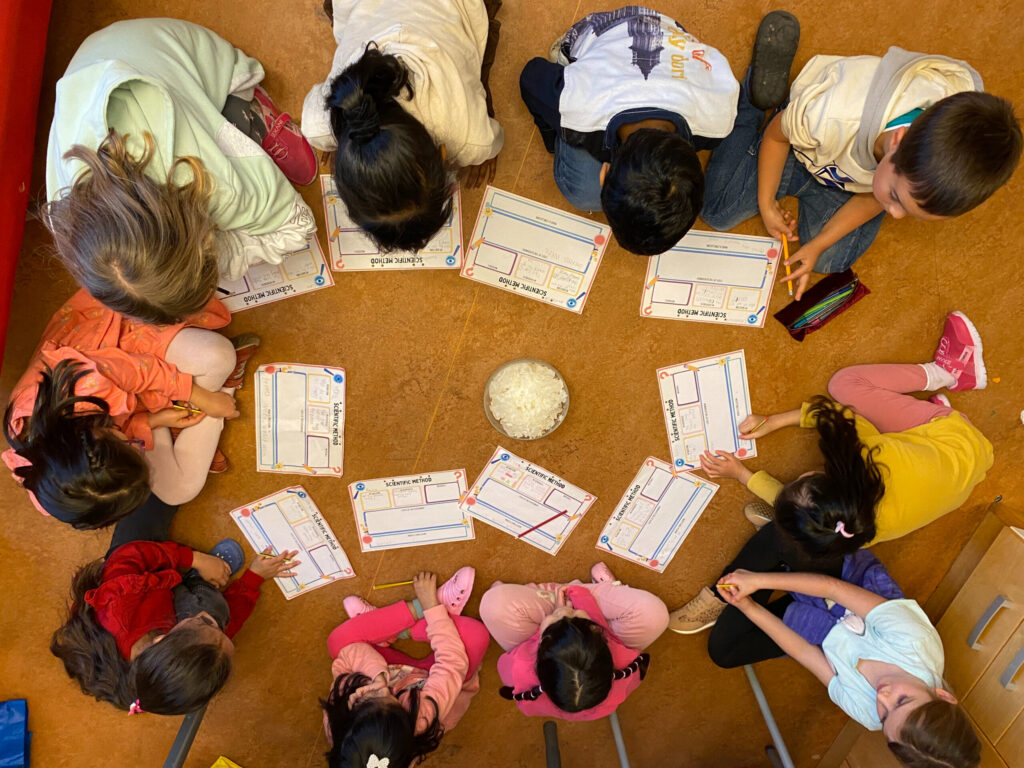
You may also like
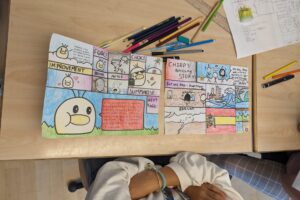
PYP6’s Migration Journey
